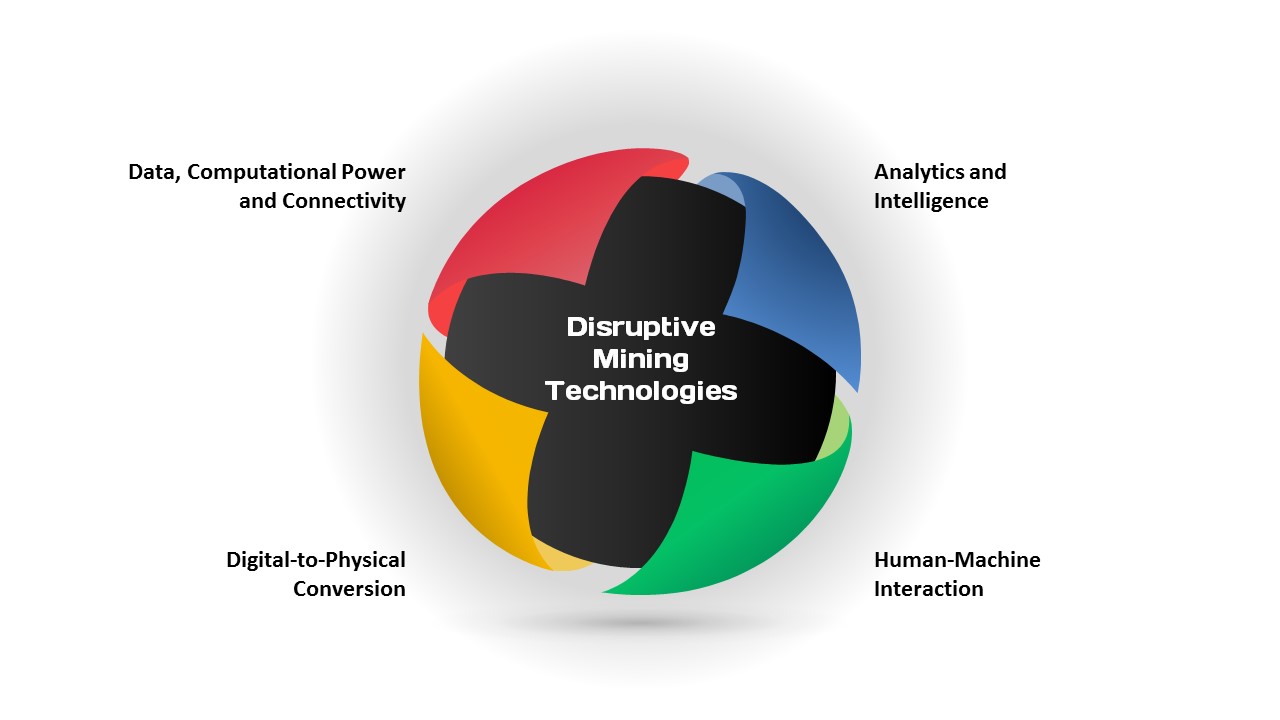
We are in the midst of a digital revolution that has, and will continue to, transform key aspects of mining. By utilising big data, we are able to build a more comprehensive understanding of our clients’ needs. This allows us to increase operational improvements directly related to production, maintenance, safety and plant management – all in real time. Singularly these tools have real potential for minimising waste and monitoring performance. As a group, this technology represents a fundamental shift in the way we approach mining, safety and productivity.
“iVolve has worked with key clients to leverage and implement digital innovations to assist them to be more competitive in an industry that has been under siege in the past few years. With the inevitable turnaround, which has now started, it is those companies that have implemented fundamental changes to their operations that will benefit most in the upswing.” – Kim Parascos, CEO iVolve.
The McKinsey Global Institute has identified four key digital technologies that have the ability to unlock new ways of managing mining variability:
1. Data, Computational Power and Connectivity
Interfacing with the onboard vehicle management system (VMS) and embedding sensors allows technicians to gather vast amounts of data for analysis and communication amongst machines. Collecting data on machinery is becoming increasingly accessible and essential to mining sites in terms of vehicle health, production monitoring and visualisation.
2. Analytics and Intelligence
Making sense of the big data gathered helps to create insight to predict future events or trends. In the same way that telecommunication companies use smart algorithms to predict customer churn, mining companies now have the ability to predict tyre deflations, fuel levels etc. giving them insight into areas for improvement.
3. Human-Machine Interaction
Just as smartphones have transformed the way humans interact with one another, so to can the interaction with mining employees and mining technology. Feedback to mining personnel is becoming more and more developed, transmitting data regarding hazardous conditions resulting in better safety outcomes and mining productivity as a whole.
4. Digital-to-Physical Conversion
The use of remote and assisted control equipment such as semi-autonomous vehicles and technology is becoming quite common. A report by McKinsey & Company discovered that autonomous vehicles expected to have an economic impact of $0.2 trillion - $1.9 trillion by 2025, wide scale use of autonomous/semiautonomous vehicles could save 30,000 - 150,000 people from traffic accidents.
The variable nature of mining is no longer considered an ‘inevitable’. Utilising the right digital innovations, mining companies have the ability to control aspects of mining that were previously non-controllable. By recognising these innovations, mining companies will position themselves to navigate the challenges of tomorrow with ease and efficiency.
If you found this article interesting, follow iVolve: LinkedIn Twitter FaceBook
Read the full article from McKinsey Global.

